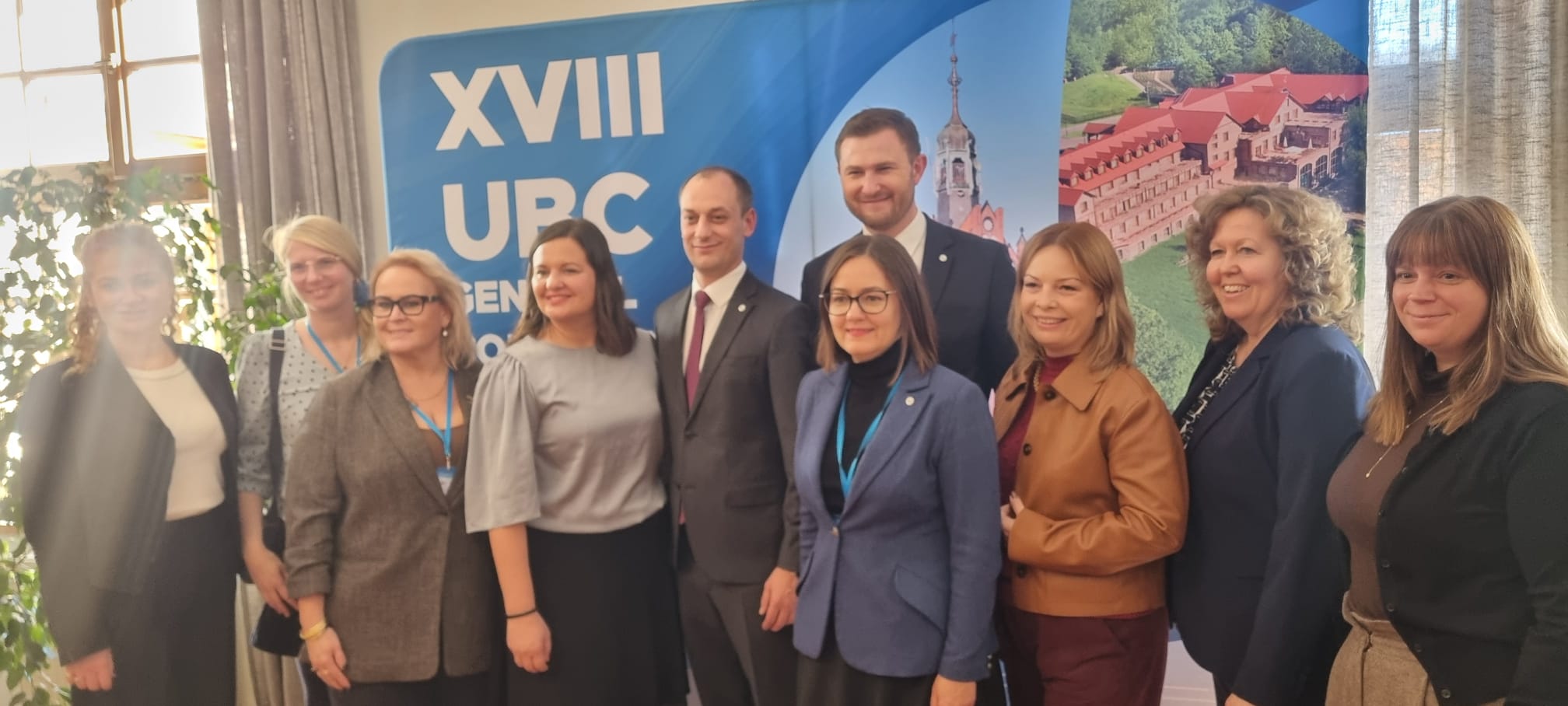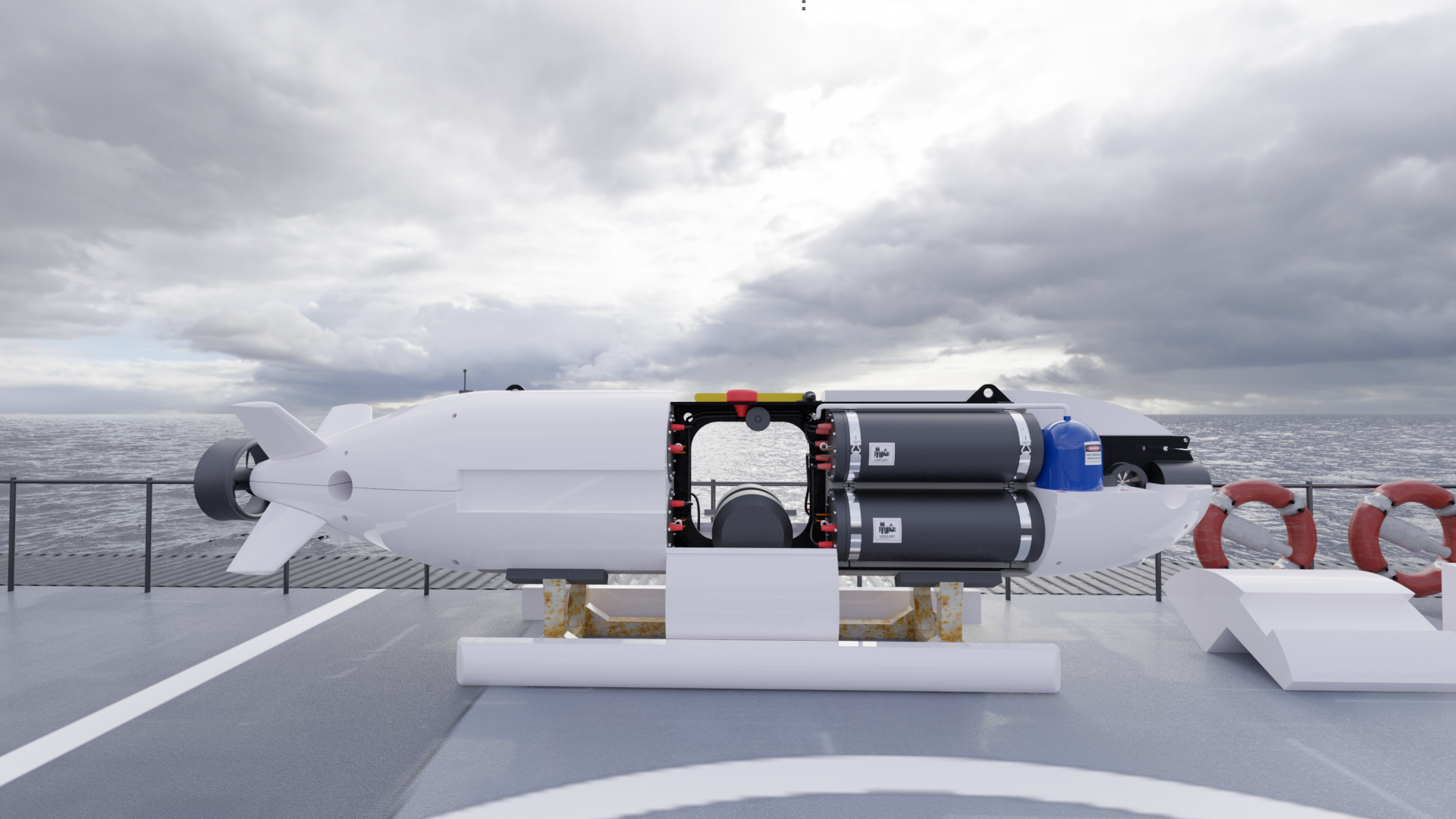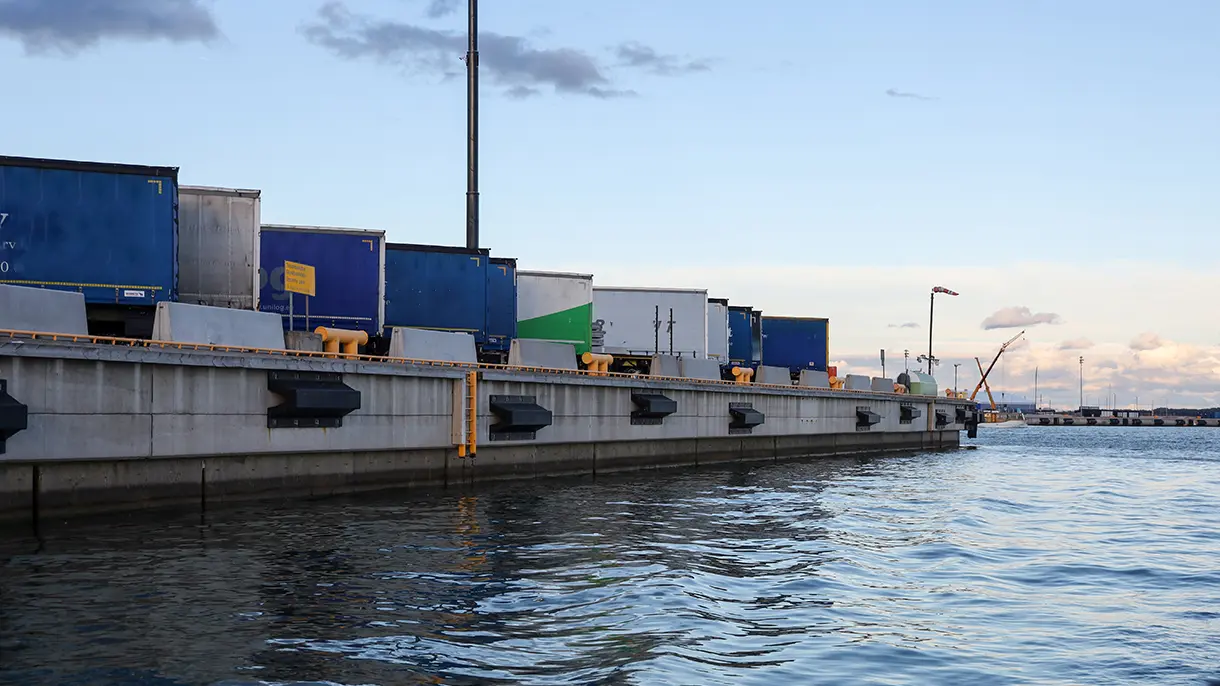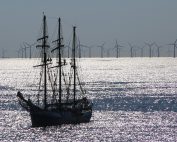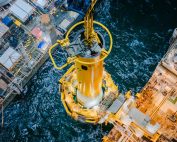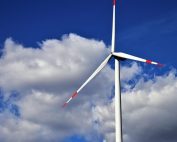Today, our editorial team recommends a special comment from the independent renewable energy expert Aistis Radavičius for BalticWind.EU. Radavičius explained that there are already many international and Lithuanian companies in the Klaipeda port that operate in the offshore business, but mostly have contracts outside Lithuania in other countries that develop offshore energy sector. “And in Lithuania, it is a wait-and-see game for now” he said.
Huge opportunities for the development of offshore wind energy on the Lithuanian coast
Aistis Radavičius, in response to questions from BalticWind.EU, explains that Lithuania is one of the EU’s most dependent countries on electricity imports. For years, Lithuania has been importing around 70 percent of the country’s total electricity demand. Onshore wind energy sector covers about 13 percent of the demand, but in the last 5 years there have been very few installations due to a lack of financial incentives.
“Now new parks are being built based on a commercial PPA without any state subsidies, so we will see new onshore parks in the coming years, but not enough to cover the missing electricity demand. And this is where the sea wind can play a big role”, he said.
The expert adds that marine parks can be built far from the coast with minimal environmental impact and the lowest CO2 footprint of all electricity sources.
Offshore turbines can now reach up to 14 MW of power and over 50 percent capacity factor, which guarantees large volumes of stable electricity production. That is why offshore wind energy is on the European Union’s list of priorities on the way to a zero-emission economy. “So I see great opportunities for the development of offshore wind energy on the Lithuanian coast” said Radavičius.
“For several years, we have been talking with the authorities about the development of the offshore wind energy sector, and two years ago the government issued a decree according to which the first 700 MW project is to take place until 2030. The area has been designated for about 30-40 km along the Šventoji coast, near the border with Latvia. Authorities had to do the necessary research – environmental, geological, seabed, wind speed, ocean data, grid – but the process is quite slow, so the tender is constantly being postponed – today it is said to take place in 2024. Hopefully this will not be postponed again”, BalticWind.EU commentator pointed out.
He adds that the potential is obviously much higher – at least 5-6 times greater – than this, and there should be a bigger picture of further development, but there is none. Lithuanian TSO Litgrid points out that today the grid can accept up to 1,400 MW without major upgrades, so taking into account the deficit of electricity generation within the country and the decreasing LCOE of offshore wind, a wider offshore wind perspective should be considered, maybe even a separate offshore wind strategy.
“In Lithuania, it’s a wait-and-see game for now”
BalticWind.EU also asked an expert about the participation of Lithuanian companies in the development of wind farms. Radavičius said that there are already many international and Lithuanian companies that are active in the offshore business, also in Klaipeda port, but mostly have contracts outside of Lithuania in other countries that are developing offshore wind energy. And in Lithuania it is a wait-and-see game for now. Offshore wind power brings great benefits to local port cities, communities, the regional economy as well as the economy as a whole, so it is another good side of offshore wind power alongside clean and relatively cheap local electricity production.
Misconception of offshore wind energy as an expensive form of electricity generation
According to Aistis Radavičius, the biggest challenge is the misconception of offshore wind energy as an expensive form of electricity generation.
“Our politicians, including the new energy minister, treat offshore wind energy as energy for which consumers will have to pay. They calculate on the basis of the LCOE (Levelized Cost of Energy) of implemented projects, but offshore wind energy is making big strides, and with the current income stabilization system called Contract for Difference (CfD), replacing support systems across Europe, consumers will hardly have to pay for any of them. Not to mention the environmental, social and economic benefits in the fight against climate change, jobs, taxes, infrastructure provided by offshore wind energy. So if you count the costs and benefits, you will surely get that offshore wind is cheap”, he said.
The independent energy expert adds that there is technology, there is financing, and there is also know-how, so the only challenge is the human factor – the perception of decision makers.
“We should also very deeply embed in our minds the idea of why we should use renewable energy sources after all – this growing threat of climate change affects us all”
How should Lithuania prepare for the development of offshore wind energy? Aistis Radavičius explained that the steps taken in the last few years were going in the right direction – slow but steady progress.
“But at the same time, it can be felt that the decision makers were in no rush, because they are waiting for an even lower reduction in the costs of energy generation at sea. There is no more time to waste if we want to attract investments in this region and become an energy independent country, as stated in our National Energy Independence Strategy”.
Cooperation in the Baltic Sea region
Radavičius points out the signals that the wind industry was receiving from Lithuanian politicians and the market itself during the last couple of years about the upcoming offshore tender and the CfD model to be applied were positive and promising to have a transparent and competitive market, so Lithuania should continue in that direction not to confuse the industry.
“The current minister of energy often emphasizes cross-border projects with Poland and Latvia. „I would be cautious in conveying such messages as the industry knows that events in Poland are progressing rapidly on their own and Latvia has not been very active in any wind generation, but recently announced a joint project with Estonia. Therefore, at this stage, I do not see much room for cross-border projects”, he said.
“These projects raise more questions than answers – who will be responsible for what? How will developers be selected? Who will operate and sell electricity on the market? How will the grid infrastructure be developed? Radavičius asks. – It is not wise to go in this uncharted direction when we can choose a safe and proven, bargaining direction of development. And to illustrate, let’s take an analogy where you and your neighbor are building a common fence together. Yes it may be cheaper as you will split the costs but it may take much longer as your neighbor won’t like the color of the fence you like or the material and later may not agree to its price so eventually you may end up building your own fence or no fence at all”, he explained.




